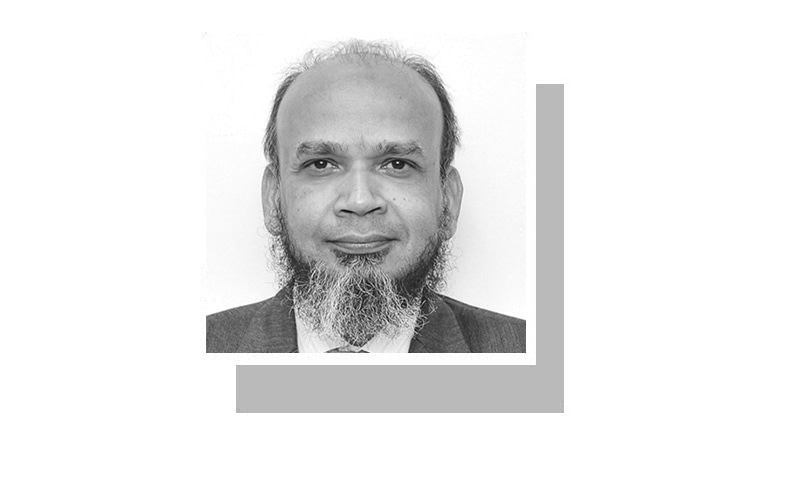BEFORE we dwell on Pakistan’s 76-year economic transformation, it is important to review what it means in the context of countries that transformed themselves from mostly agriculture-driven to modern industrialised nations.
Nobel laureate Simon Kuznets described this long-term, complex structural transformation in terms of three simple shares of GDP of any country: agriculture, industry and services.
At the beginning of the transformation, a country’s GDP has a very large share of agriculture. As the country starts to develop, the share of industry begins to rise, that of agriculture to fall, and the share of services increases slowly. As the country moves toward greater industrialisation, industry’s share continues to increase, peaking when the country becomes highly industrialised. During this time, the share of services continues to rise, and, in advanced economies, becomes very high as the share of industry starts to go down. During this transformation, the share of agriculture continues to go down, too.
In the US, for example, this transformation is at a very advanced stage. The share of agriculture in GDP fell from 35 per cent in 1850 to 7pc in 1950 to only 0.9pc in 2016, while that of industry rose from 25pc in 1850, peaking in 1942 at 41pc.


